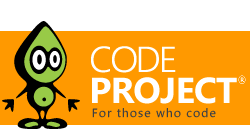OWIN
OWIN
Great Reads
by
Building up a lean,
by
Identity is fully compatible with the OWIN Authorization model,
by
This is the third post in a series in which we have built up a minimal,
by
Authentication and Authorization using Asp.
Latest Articles
by
Building up a lean,
by
Identity is fully compatible with the OWIN Authorization model,
by
This is the third post in a series in which we have built up a minimal,
by
Authentication and Authorization using Asp.

